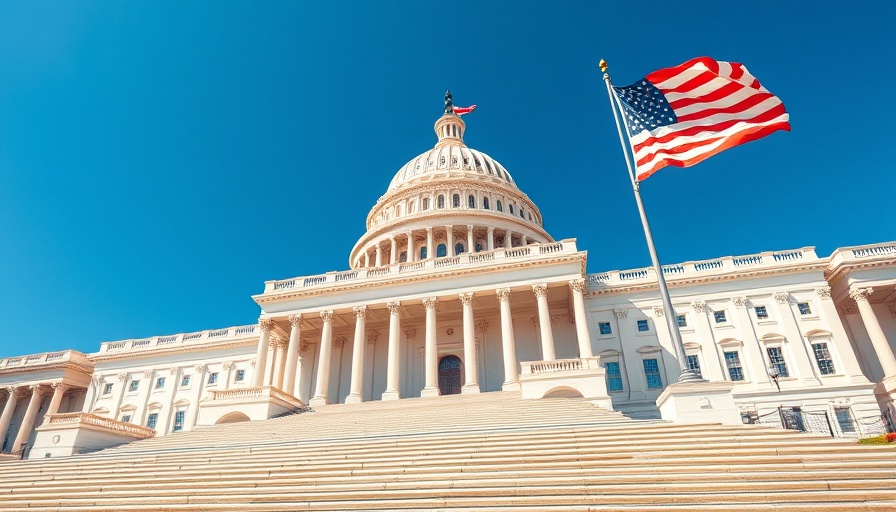
The Impact of the Latest CBO Score on Health Insurance
This week, the Congressional Budget Office (CBO) unveiled updated estimations concerning the One Big Beautiful Bill Act (OBBBA), revealing a profound fiscal impact. The report indicates that the legislation will increase the deficit by an alarming $3.4 trillion by the year 2034 while leaving over 10 million individuals without health insurance. This staggering figure highlights the growing concerns surrounding healthcare accessibility and affordability in the United States, particularly as more citizens face potential loss of coverage.
Understanding the Numbers: What They Really Mean
While the CBO's report is based on rigorous evaluation, it's important to remember that these scores serve as projections rather than definitive forecasts. They do not capture potential future legal or legislative changes that may arise. The estimates reflect the modelers' best guess about how legislation will influence government spending and revenue over the next decade. As healthcare providers, understanding these implications is crucial for planning, patient care, and financial stability in our practices.
Examining the Use of Baselines in Budgeting
A significant part of the CBO's analysis is its interpretation of baselines for evaluating costs. Lawmakers, particularly from the Republican side, opted to compare current legislation against a “current policy” baseline rather than taking into account established fiscal realities. This accounting maneuver aligns with their intentions to extend expansive tax cuts, including the major $3.8 trillion reductions from the 2017 Tax Cuts and Jobs Act. Understanding this comparison helps clarify how the legislation may indirectly affect your practice and its patient reach moving forward.
What This Means for Healthcare Providers
The ramifications of these budgetary decisions reach beyond the numbers. As independent healthcare providers, you may witness a decrease in your patient population as insurance becomes inaccessible for millions. The loss of coverage not only impacts patient well-being but also your clinic's operational efficiency and revenue. Furthermore, providers may need to explore innovative healthcare automation tools to maintain engagement with patients who are still insured, thereby ensuring their practices remain viable in a shifting landscape.
Future Predictions: Preparing for Potential Changes
As the healthcare landscape evolves, particularly with the end of enhanced tax credits under the Affordable Care Act, an additional five million people could find themselves uninsured. This looming reality necessitates proactive planning. Implementing remote patient monitoring and telehealth services can help you stay connected with patients while ensuring they receive the care they need. Meanwhile, refinement of medical billing strategies may also play a critical role in sustaining revenue amidst rising uncertainties.
Action Steps for Concerned Practitioners
In light of these developments, healthcare providers must take steps to navigate this challenging environment. It’s imperative to enhance phrasing around employee health benefits and patient communication tools. This can not only aid in retention strategies but also empower patients to explore all available options for care. Monitoring changes in Medicare reimbursement can also keep you aligned with policy updates that affect your practice directly.
Join the Conversation
As an active participant in this discussion, we urge healthcare professionals to engage directly with their legislators. Make your voice heard regarding the importance of maintaining open access to affordable healthcare coverage! We must stand together to advocate for policies that prioritize patient health alongside fiscal responsibility.
Take Action: It's crucial to communicate with your senators about the profound impacts of these legislative changes. Together, we can advocate for the healthcare needs of our communities.
 Add Row
Add Row  Add
Add 




Write A Comment